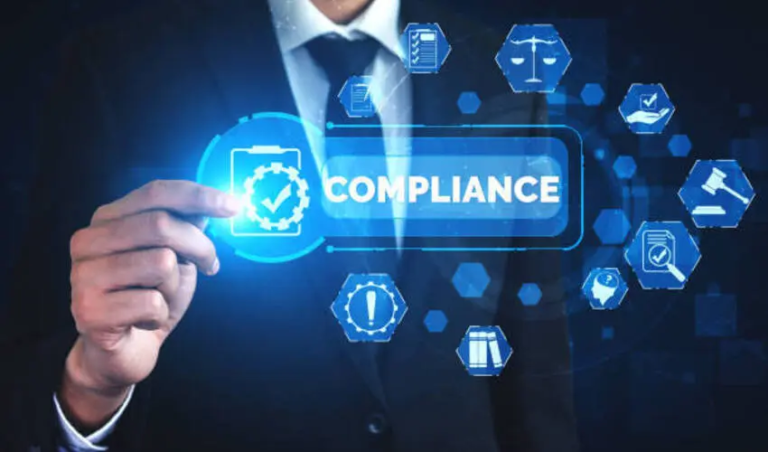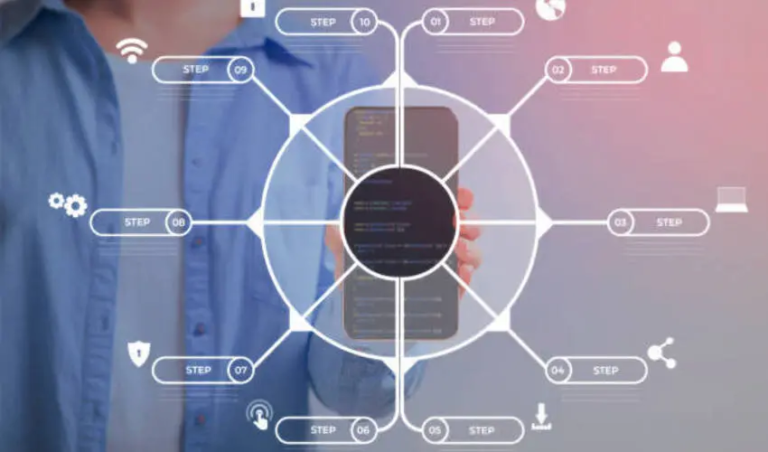Data breaches are rising every year. Businesses need to stay safe and compliant. That’s why audits are important. Two common ones are the Data Protection Audit and the Security Audit. Many people think both are the same. But they are different. Each audit has a unique goal, process, and focus area.
In this article, we explain the key differences between a Data Protection Audit and a Security Audit. We’ll keep it simple and clear.
What Is a Data Protection Audit?
A Data Protection Audit checks how well your company protects personal and sensitive data. It looks at how data is collected, stored, processed, and shared.
This audit ensures your business follows privacy laws like:
- GDPR (General Data Protection Regulation)
- HIPAA (Health Insurance Portability and Accountability Act)
- CCPA (California Consumer Privacy Act)
The main goal is to protect people’s private data and avoid legal penalties.
What Is a Security Audit?
A Security Audit checks your entire IT system for weaknesses. It focuses on technical controls, tools, and settings.
This audit reviews:
- Network security
- Firewalls and antivirus systems
- Access controls
- Data encryption
- Incident response plans
The goal is to find and fix gaps that hackers could use to attack.
Key Differences Between the Two Audits
Let’s break down the major differences:
1. Main Purpose
Data Protection Audit:
Checks if your company follows data privacy laws and keeps personal data safe.
Security Audit:
Finds security risks in your system and helps fix them before a cyberattack happens.
2. Focus Area
Data Protection Audit:
Focuses on data usage, user rights, consent, privacy policies, and how data is handled.
Security Audit:
Focuses on the technology: software, hardware, networks, and protection methods.
3. Legal vs Technical
Data Protection Audit:
More legal and process-driven. Ensures you follow laws like GDPR or HIPAA.
Security Audit:
More technical. Look at how well your systems stop cyber threats.
4. Who Performs It
Data Protection Audit:
Usually done by compliance officers, legal teams, or data protection consultants.
Security Audit:
Done by IT experts, cybersecurity firms, or ethical hackers.
5. Report Outcomes
Data Protection Audit:
You get a report that highlights non-compliance with privacy rules. It suggests legal or policy fixes.
Security Audit:
You get a report showing system weaknesses. It includes fixes to stop hacking or malware attacks.
When to Conduct a Data Protection Audit
You should do a Data Protection Audit:
- Before launching a new product or app
- After any law changes (like GDPR updates)
- After a data breach
- Once or twice a year
When to Conduct a Security Audit
You should do a Security Audit:
- After major system updates
- When switching to a new hosting service
- If your system was hacked or attacked
- At least once a year
Benefits of a Data Protection Audit
- Avoids fines from privacy regulators
- Builds trust with users and clients
- Ensures legal compliance
- Highlights weak policies and risky data practices
Benefits of a Security Audit
- Stops attacks before they happen
- Protects business assets
- Improves system performance
- Helps meet compliance for SOC 2, ISO 27001, PCI DSS
What to Expect During a Data Protection Audit
- Review of data handling policies
- Check of cookie policies and consent forms
- Employee interviews
- Checks on data-sharing contracts
- Risk assessment and final report
What to Expect During a Security Audit
- Network scanning and testing
- Firewall and antivirus review
- Password and access control review
- Simulated attacks (penetration testing)
- Final report with fixes and risk ratings
Tools Used in Each Audit
- Data Protection Audit Tools:
- – GDPR compliance tools
- – Privacy management software (like OneTrust, TrustArc)
- – Data inventory tools
- Security Audit Tools:
- – Vulnerability scanners (like Nessus, Qualys)
- – SIEM systems
- – Penetration testing tools (like Metasploit, Burp Suite)
Final Thoughts
A Data Protection Audit focuses on privacy and legal issues. A Security Audit targets system safety and technical issues. Both are vital for modern businesses. Don’t choose one over the other. Instead, use both audits to keep your data secure and your company compliant. Together, they reduce risks, avoid legal trouble, and build trust with users.






